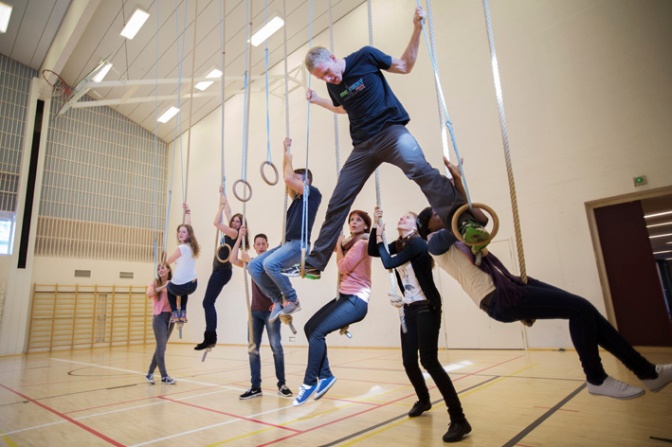Each degree programme at SAMK has a curriculum. It describes the content of studies in the degree programme and the competences the graduates will have. In this sense, the curriculum is the trade description of the degree programme, which defines the aims, contents and implementations of the programme. The students and teachers have to know the curriculum really well. The students draw up a personal study plan on the basis of the curriculum and the tutor teachers help the students in this process.
A possibility to construct a degree
Within a few years SAMK’s curricula will become more flexible. The students will have more possibilities to choose their studies and thereby to construct a degree which corresponds to their needs and desires. In the future, the curricula will have core competences, which e.g. every engineer and nurse needs to have. In addition, the curricula will include complementary studies, which each student can include in his or her degree. For example, a student who is planning to sell prefabricated houses in the future can include studies on sales and marketing in his or her degree. If a student is interested in management, he or she can include management studies in the degree.
Co-operation in the design of the curriculum
Each degree programme has a council with representatives, e.g. from the work practice. The council comments on the curriculum throughout the designing process. It is important to have representatives from the employment market in order to design curricula which give the students the skills they will need at work.
In addition, SAMK has an Education Committee, which includes representatives from different fields. This Committee deals with the curricula for Bachelor’s and Master’s Degrees and further education. Finally, the curricula are approved by the Vice President of Education.
The article is a brief version of the Finnish original by Marja-Leena Blomroos & Sari Kahri. Photo by Tomi Glad (Exchange students in autumn 2015 at Tiilimäki Campus, Pori.)




